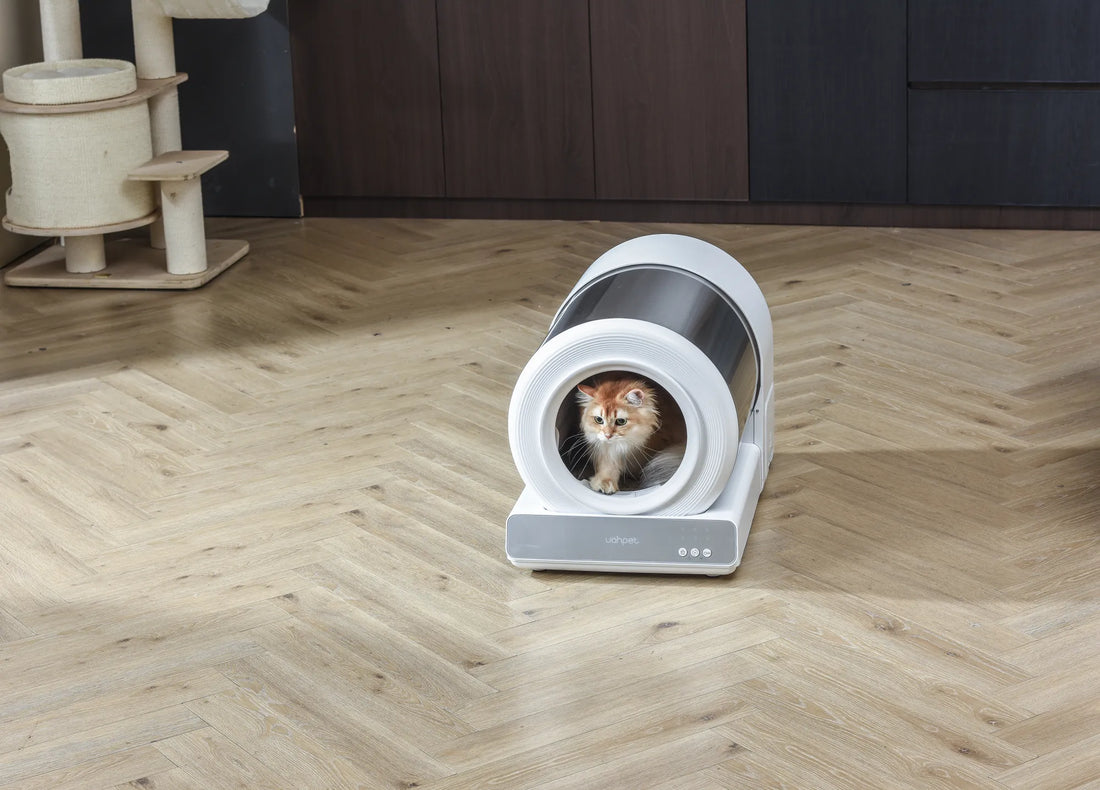When it comes to keeping your feline friend happy and your home clean, a litter tray box for cat is an essential item. But with so many options available, how do you choose the right one? This comprehensive guide will walk you through everything you need to know to make an informed decision.
Why a Litter Tray Box is Essential for Your Cat
Cats are naturally clean animals, and providing them with a dedicated space for their bathroom needs is crucial. A litter tray box not only helps maintain hygiene but also ensures your cat feels comfortable and secure. Without a proper litter box, your cat may resort to inappropriate elimination, leading to unpleasant odors and messes around your home.
Types of Litter Tray Boxes
There are several types of litter tray boxes available, each catering to different needs and preferences. Here are the most common ones:
- Open Litter Trays: These are the most basic and affordable option. They are easy to clean but may not contain odors as effectively as other types.
- Covered Litter Trays: These boxes come with a hood or cover, providing privacy for your cat and helping to contain odors. However, some cats may feel confined in a covered box.
- Self-Cleaning Litter Trays: These advanced boxes automatically clean themselves, reducing the need for daily scooping. They are convenient but can be more expensive.
- Top-Entry Litter Trays: These boxes have an entrance on the top, which helps to reduce litter tracking. They are ideal for homes with multiple pets or curious children.
Key Features to Consider
When selecting a litter tray box for your cat, consider the following features to ensure it meets your needs:
- Size: The box should be large enough for your cat to move around comfortably. A general rule is to choose a box that is at least one and a half times the length of your cat.
- Material: Most litter trays are made from plastic, but the quality can vary. Look for durable, non-porous materials that are easy to clean.
- Depth: The depth of the box should be appropriate for the type of litter you use. Deeper boxes are better for cats that like to dig, while shallow boxes are easier for kittens or older cats to access.
- Odor Control: Some litter trays come with built-in odor control features, such as carbon filters or special liners. These can be particularly useful in smaller living spaces.
- Ease of Cleaning: Choose a box that is easy to disassemble and clean. Removable liners or smooth surfaces can make the cleaning process more efficient.
Placement and Maintenance Tips
Where you place the litter tray box can significantly impact your cat's willingness to use it. Here are some tips for optimal placement and maintenance:
- Location: Place the litter box in a quiet, low-traffic area where your cat feels safe. Avoid placing it near food and water bowls.
- Accessibility: Ensure the box is easily accessible, especially for older cats or those with mobility issues. If you have a multi-level home, consider placing a litter box on each floor.
- Regular Cleaning: Scoop the litter box daily and change the litter completely at least once a week. Regular cleaning helps prevent odors and keeps your cat happy.
- Litter Type: Experiment with different types of litter to find one that your cat prefers. Some cats are sensitive to scented litters, so opt for unscented options if necessary.
- Multiple Cats: If you have more than one cat, provide a litter tray box for each cat, plus an extra one. This helps prevent territorial disputes and ensures each cat has access to a clean box.
Common Mistakes to Avoid
Even with the best intentions, cat owners can make mistakes when it comes to litter tray boxes. Here are some common pitfalls to avoid:
- Choosing the Wrong Size: A box that is too small can make your cat feel cramped and uncomfortable. Always opt for a size that allows your cat to move freely.
- Neglecting Cleaning: A dirty litter box can deter your cat from using it and lead to accidents around the house. Make cleaning the box a regular part of your routine.
- Ignoring Your Cat's Preferences: Cats can be picky about their litter box. Pay attention to your cat's behavior and preferences to ensure they are comfortable using the box.
- Poor Placement: Placing the litter box in a noisy or high-traffic area can stress your cat and lead to avoidance. Choose a quiet, secluded spot for the box.
- Using the Wrong Litter: Some cats are sensitive to certain types of litter. If your cat is avoiding the box, try switching to a different litter type.
Benefits of a Well-Chosen Litter Tray Box
Investing in the right litter tray box for your cat offers numerous benefits:
- Improved Hygiene: A clean litter box helps maintain a hygienic environment for both you and your cat.
- Reduced Odors: A well-maintained litter box with odor control features can keep your home smelling fresh.
- Happy Cat: A comfortable and accessible litter box ensures your cat feels secure and content.
- Easier Cleaning: Choosing a box that is easy to clean can save you time and effort in the long run.
- Prevention of Behavioral Issues: Providing a suitable litter box can prevent inappropriate elimination and other behavioral problems.
Choosing the right litter tray box for your cat is more than just a practical decision—it's an investment in your cat's well-being and your home's cleanliness. With the right box, you can create a comfortable and hygienic environment that both you and your feline friend will appreciate. So, take the time to consider your options, and make a choice that will keep your cat happy and your home fresh.













